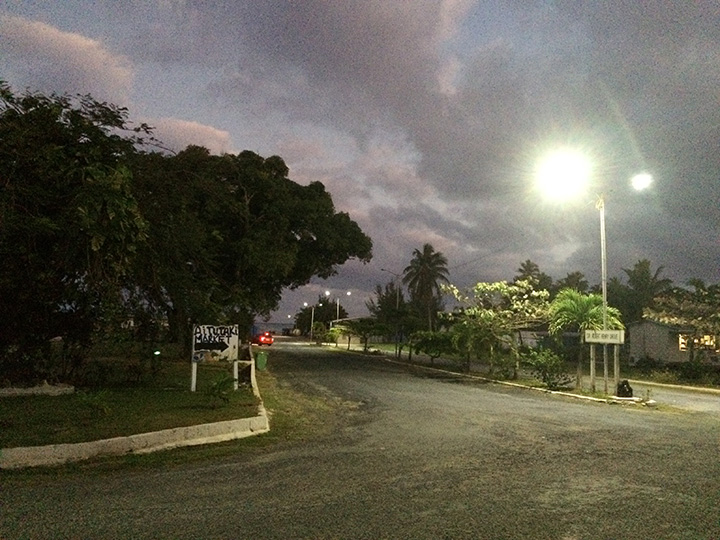Isn’t it funny how before one takes off to a place unknown they picture it in a differently than it may actually be? And one may visualize and be expecting things that may not even be present when you finally see the environment itself?
When I arrived in Aitutaki my initial thought was that it felt alright. It felt like home. I wasn’t expecting these feelings to exist within me on the first day. I felt welcomed and I felt excited. I felt relatively established and proud to be there doing something good for the benefit of good people and to be doing so based on their terms and not ours. I learned a few of the things that are culturally significant and may even be lessons to the wider world itself. In Aitutaki, Sundays are “off” for religious purposes, families pass down their land to other family members so that it is never lost to the lineage, people don’t have huge houses or necessarily a personal bedroom (as far as I saw). Most importantly, the people themselves were very connected, generous, loving and patient. Regarding the marine life of the Cooks, I don’t think I’ll ever quite picture the lagoons the same as I sunk at least 4 feet deep into muck of the back lagoon (between the two lobes of the island) too many times to count, but I will remember the beautiful things such as the way the majority of the reefs flickered against the sun and the water that flashed aqua blue. The cascading abundance of fish species never let me down although many that I saw such as parrotfishes, the moray eels, snappers and giant trevally were know to have ciguatera poisoning. A sad but honest truth, one that I am hoping will improve as our research evolves.
What I may miss most is the culture and having the opportunity to explore it alongside my fellow classmates and island residents alike. I will miss how the people of Aitutaki interacted with their surrounding environment and the learning experience it brought to the table for us all. Although I was pleased to return home, the Cook Islands will always have a special place in my heart.





